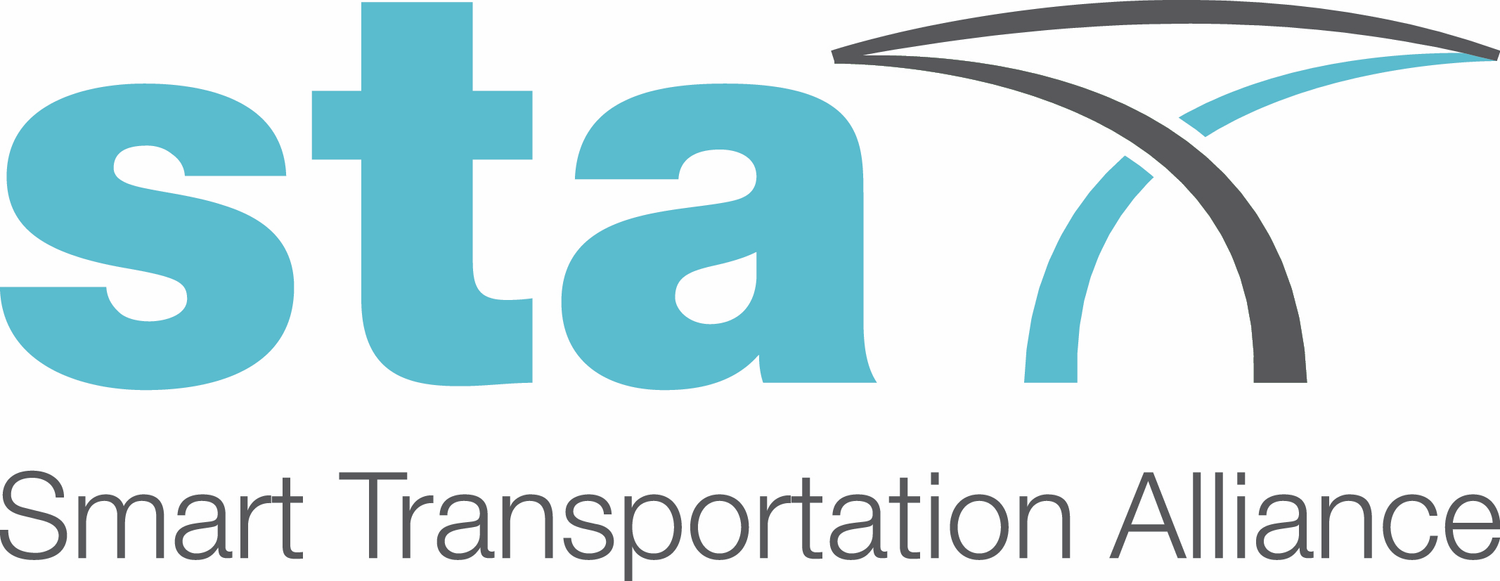STA RELEASES A NEW TECHNICAL REPORT ON THE DIGITAL ADAPTATION OF LOCAL ROADS
The Smart Transportation Alliance (STA) is excited to announce the release of a new Technical Report titled “Roadmap for the Digital Adaptation of Local Roads”. Authored by Dr Elena de la Peña, Deputy Director for Technical Affairs at the Spanish Road Association (AEC) and Vice–President, Secretary and Chair of STA’s Technical Committee on Smart Mobility (TC1), the paper highlights the importance of the digital transition of local roads in terms of infrastructure and mobility management, aligning with the Digital Strategy of the European Commission of accelerating the digitisation of transport and mobility in Europe.
Graph illustrating the Global Perspective on the Digital Adaptation of Roads.
Source: Roadmap for the Digital Transformation of Local Roads
The report is based on the approach adopted by the Spanish Forum of Road Managers of Local Governments, an entity that unites local road administrations in Spain under the coordination of AEC. Presented in May 2024 at Alfonso X University in Madrid, the roadmap outlines a three-phase digital adaptation process: i) Data digitisation, ii) Process digitisation, iii) Digital transformation/adaptation.
While many local road administrations have taken initial steps, the challenge remains to achieve full integration, ensuring optimised road management and improved services for road users.
In the report, Dr de la Peña distinguishes two complementary areas of focus:
1. Internal adaptation of road management processes, involving three key steps: i) Digitising road infrastructure and equipment, ii) Digitising the public road domain, and iii) Developing an internal road network management plan.
It is highlighted that by creating a comprehensive digital map, incorporating geo-referenced data, and transitioning administrative records into digital formats, digitisation can optimise road maintenance, planning, and mobility management. Additionally, the role of digital twins—virtual models of road networks that provide predictive analytics for better decision-making, is showcased.
2. External adaptation of road infrastructure, envisioning a future where local roads support connected and autonomous vehicles. Dr de la Peña explains the use of technologies such as the Internet of Things (IoT) and 5G networks to improve services for road users while contributing to environmental sustainability, economic growth, and new services beyond traditional road functions.
Finally, constructive suggestions are presented, including the role of collaboration within public administrations, technology providers, and the private sector, which will be crucial in bringing this vision to life. Training programmes, public engagement, and ongoing evaluation will ensure that local roads continue to adapt to the challenges and opportunities of digitalisation in the local level and beyond.
The report showcases STA’s support for the potential of local roads in facilitating a more effective transition towards smart and sustainable mobility, aligning with the European goal of establishing Europe as a trailblazer in digital mobility.


